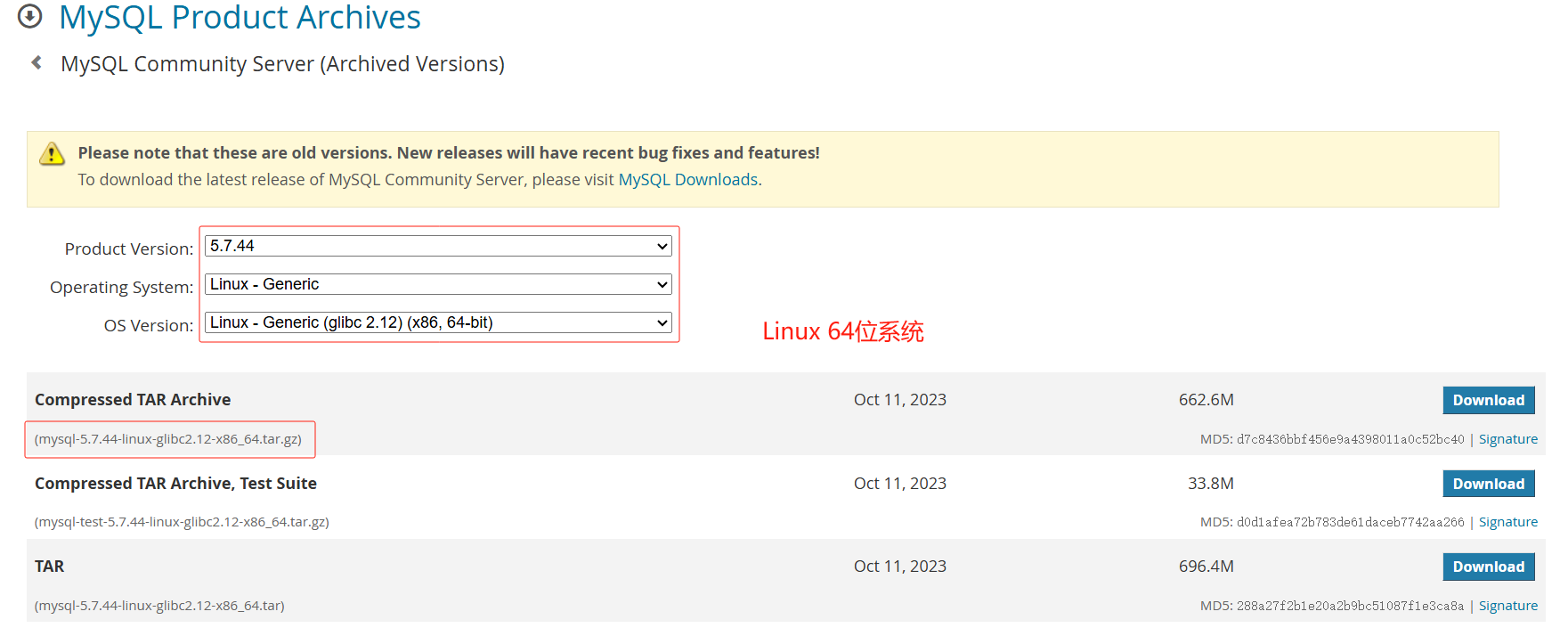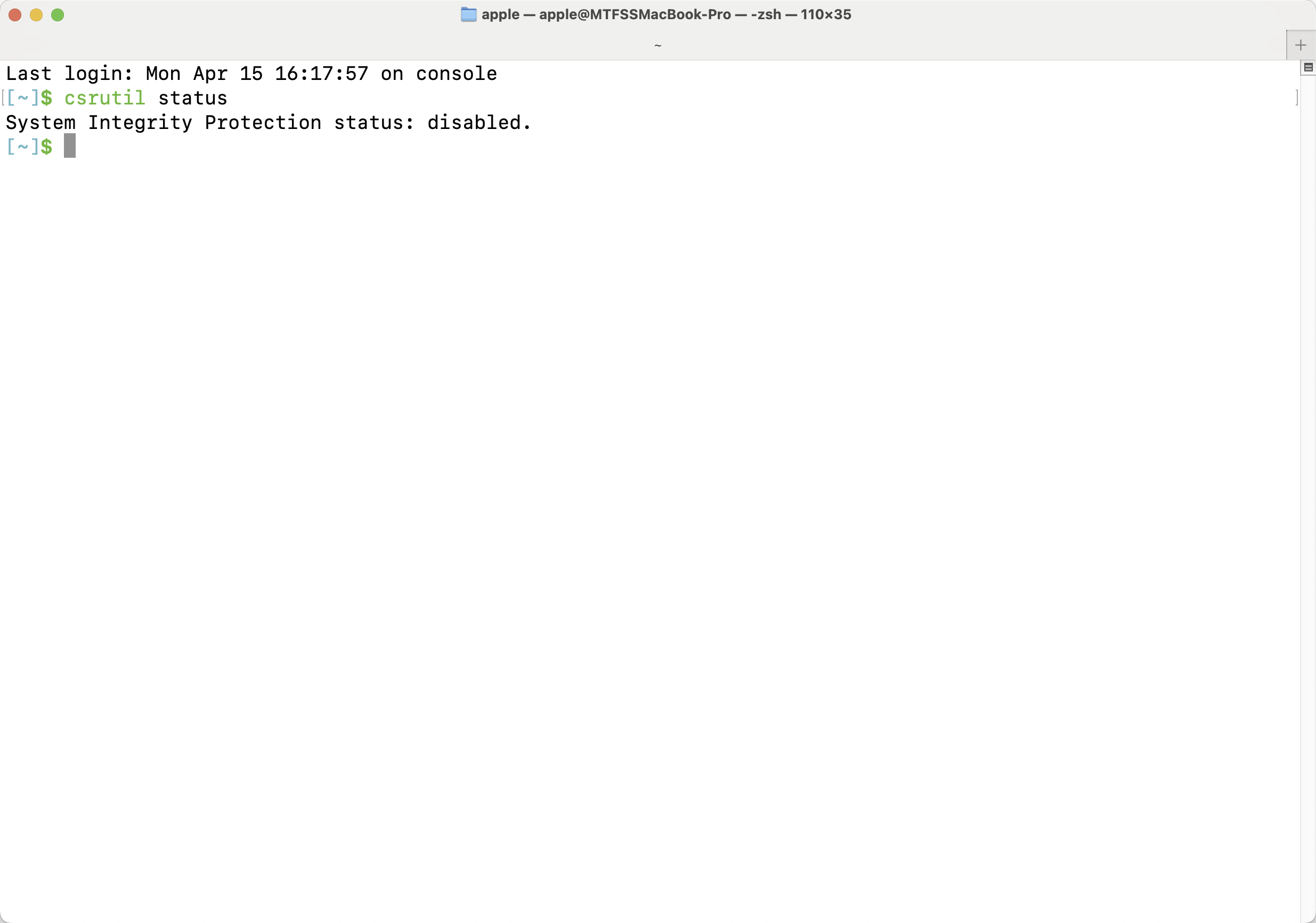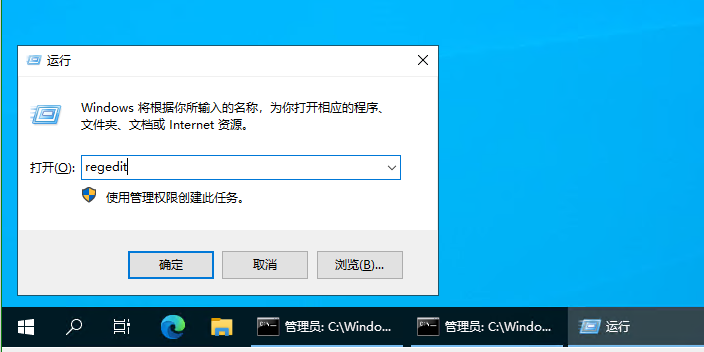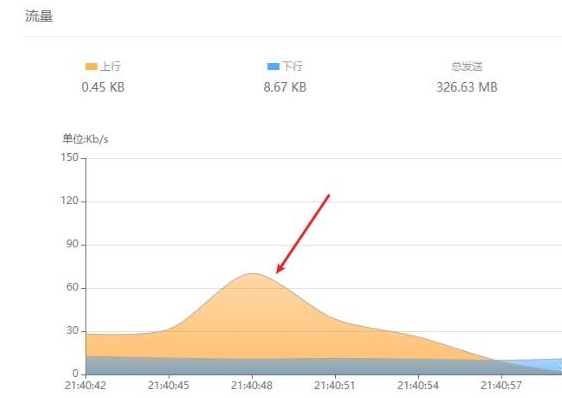嵌入式 HTTP 服务器的 Java 实现与应用
在现代软件开发中,嵌入式 HTTP 服务器的应用场景越来越广泛,例如在微服务架构、本地调试工具以及轻量级后端服务中。Java 提供了一个强大的工具——com.sun.net.httpserver 包,用于构建嵌入式 HTTP 服务器。本文将详细介绍如何使用这个 API 构建一个简单的 HTTP 服务器,并通过实例展示其功能。
一、核心类介绍
在使用 com.sun.net.httpserver 包之前,我们需要了解几个关键类:
- HttpServer
HttpServer 是一个简单的 HTTP 服务器实现类。它通过 create() 工厂方法创建实例,并需要在初始化时绑定到指定的 IP 地址和端口号。 - HttpContext
HttpContext 表示根 URI 路径到 HttpHandler 的映射。通过它可以为特定的 URI 路径设置请求处理器。 - HttpHandler
HttpHandler 是一个接口,需要由应用程序实现,用于处理 HTTP 请求。它只有一个方法:
java复制
void handle(HttpExchange exchange) throws IOException - HttpExchange
HttpExchange 实例会在 HttpHandler#handle() 方法中被传递。它提供了访问 HTTP 请求信息以及准备和发送响应的方法。
二、示例:创建一个简单的 HTTP 服务器
以下是一个简单的示例,展示如何使用 HttpServer 构建一个基本的 HTTP 服务器。
java复制
import com.sun.net.httpserver.HttpExchange;
import com.sun.net.httpserver.HttpHandler;
import com.sun.net.httpserver.HttpServer;
import java.io.IOException;
import java.io.OutputStream;
import java.net.InetSocketAddress;
public class BasicHttpServerExample {
public static void main(String[] args) throws IOException {
// 创建 HttpServer 实例,绑定到 8500 端口
HttpServer server = HttpServer.create(new InetSocketAddress(8500), 0);
// 创建一个上下文,映射到根路径 “/”
HttpContext context = server.createContext(“/”);
// 设置请求处理器
context.setHandler(BasicHttpServerExample::handleRequest);
// 启动服务器
server.start();
System.out.println(“Server started on port 8500”);
}
private static void handleRequest(HttpExchange exchange) throws IOException {
String response = "Hi there!";
// 发送响应头,状态码为 200,内容长度为 response 的字节数
exchange.sendResponseHeaders(200, response.getBytes().length);
OutputStream os = exchange.getResponseBody();
os.write(response.getBytes());
os.close();
}
}
运行上述代码后,访问 http://localhost:8500,你将看到页面返回 “Hi there!”。
三、获取请求信息
在实际应用中,我们通常需要获取请求的详细信息,例如请求头、请求方法、查询参数等。以下是一个扩展示例,展示如何在请求处理器中获取这些信息。
java复制
import com.sun.net.httpserver.HttpExchange;
import com.sun.net.httpserver.HttpHandler;
import com.sun.net.httpserver.HttpServer;
import com.sun.net.httpserver.HttpPrincipal;
import java.io.IOException;
import java.io.OutputStream;
import java.net.InetSocketAddress;
import java.util.Map;
public class BasicHttpServerExample2 {
public static void main(String[] args) throws IOException {
HttpServer server = HttpServer.create(new InetSocketAddress(8500), 0);
HttpContext context = server.createContext(“/example”);
context.setHandler(BasicHttpServerExample2::handleRequest);
server.start();
System.out.println(“Server started on port 8500”);
}
private static void handleRequest(HttpExchange exchange) throws IOException {
URI requestURI = exchange.getRequestURI();
printRequestInfo(exchange);
String response = "This is the response at " + requestURI;
exchange.sendResponseHeaders(200, response.getBytes().length);
OutputStream os = exchange.getResponseBody();
os.write(response.getBytes());
os.close();
}
private static void printRequestInfo(HttpExchange exchange) {
System.out.println("-- headers --");
Map> requestHeaders = exchange.getRequestHeaders();
requestHeaders.forEach((k, v) -> System.out.println(k + ":" + v));
System.out.println("-- principal --");
HttpPrincipal principal = exchange.getPrincipal();
System.out.println(principal);
System.out.println("-- HTTP method --");
String requestMethod = exchange.getRequestMethod();
System.out.println(requestMethod);
System.out.println("-- query --");
String query = exchange.getRequestURI().getQuery();
System.out.println(query);
}
}
运行此代码后,访问 http://localhost:8500/example?x=1&y=2,你将在服务器控制台看到类似以下输出:
复制
– headers –
Host:[localhost:8500]
User-Agent:[Mozilla/5.0 …]
Accept-Language:[en-US,en;q=0.9]
…
– principal –
null
– HTTP method –
GET
– query –
x=1&y=2
四、总结
通过 com.sun.net.httpserver 包,我们可以轻松构建一个嵌入式 HTTP 服务器。它适用于轻量级的本地服务、微服务开发以及快速原型设计。本文通过两个示例展示了如何创建服务器、处理请求以及获取请求信息。希望这些内容能帮助你更好地理解和应用这一强大的工具。
在实际项目中,你还可以结合其他技术(如 Maven 用于项目管理)来构建更复杂的 HTTP 服务。












